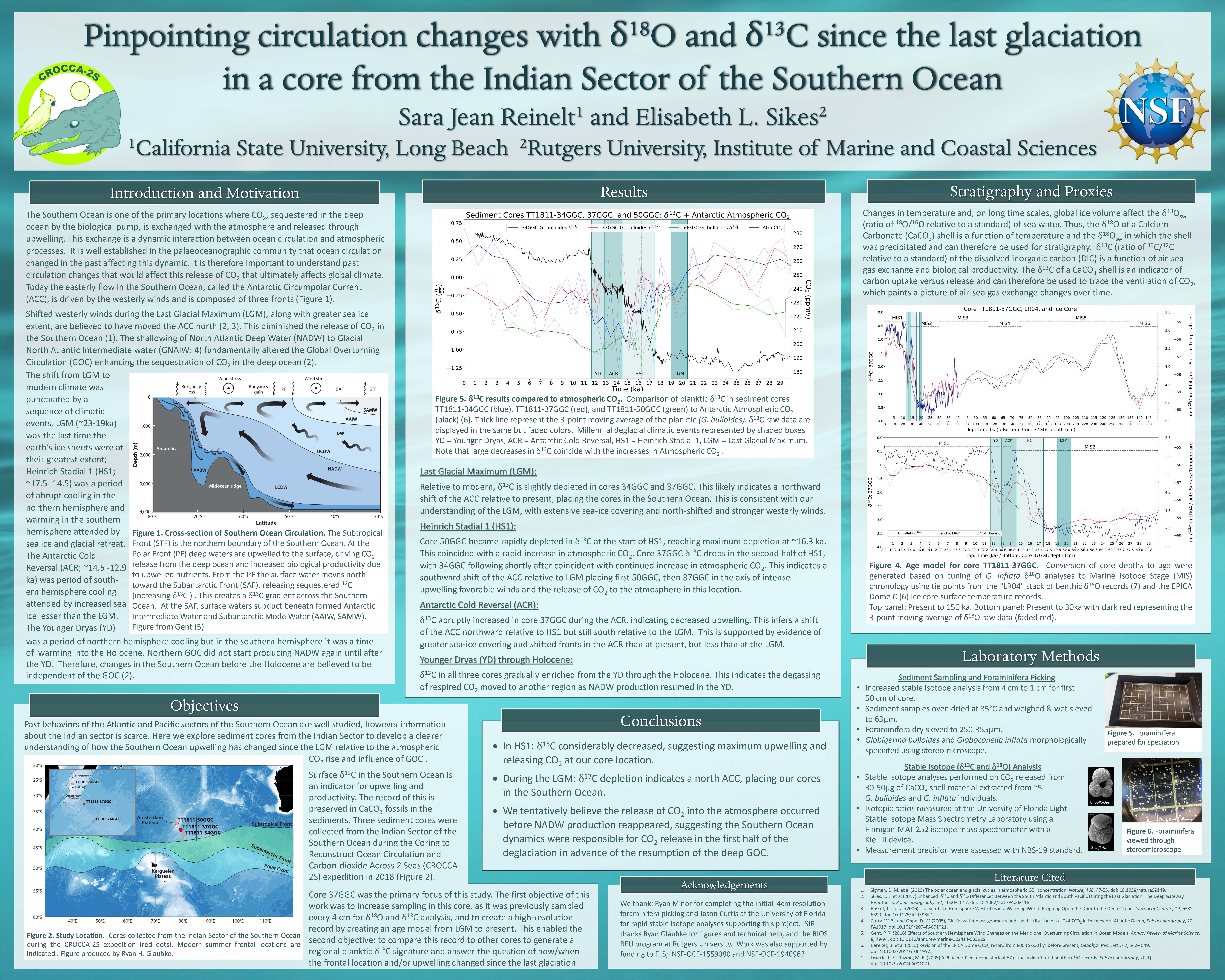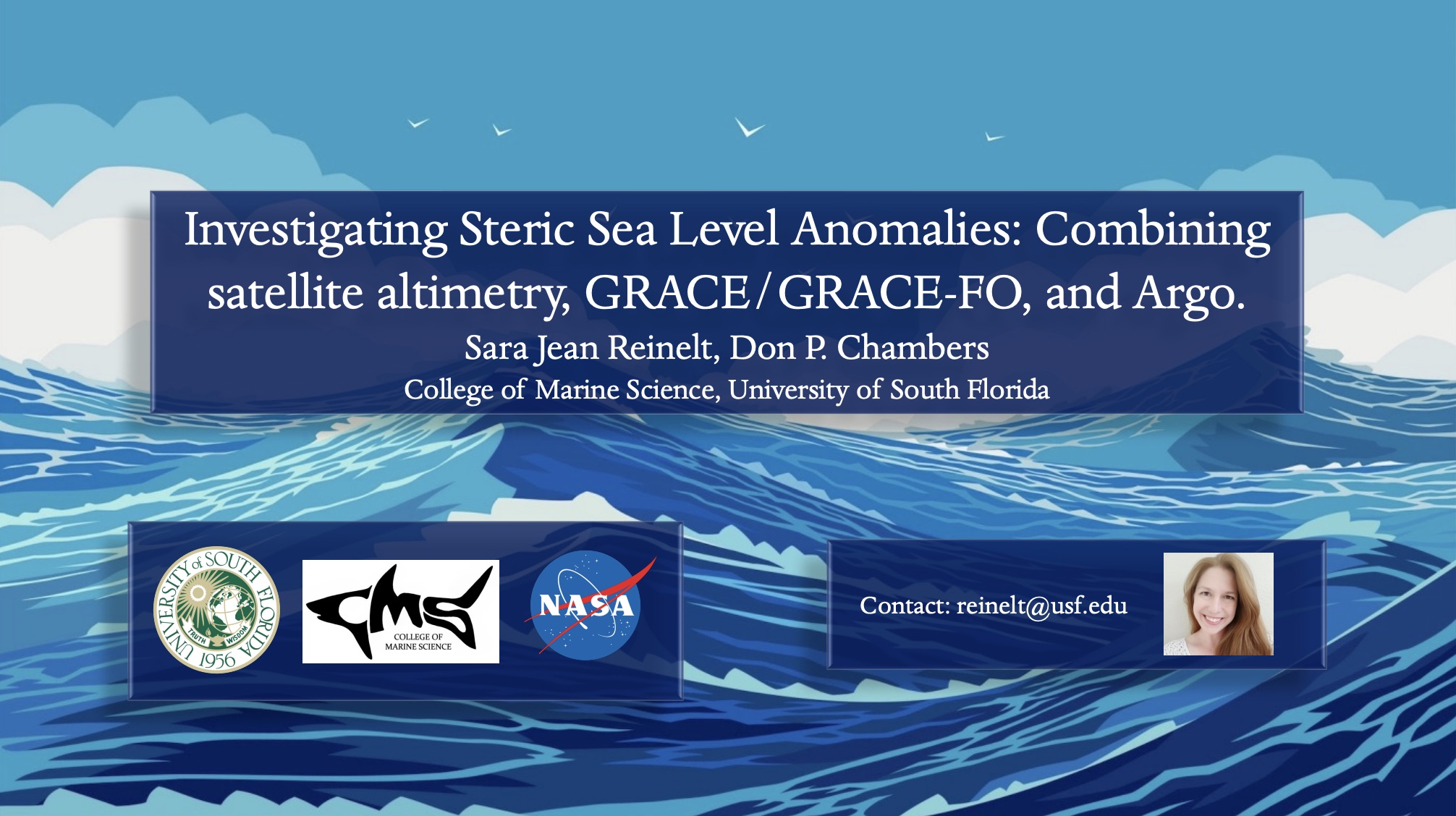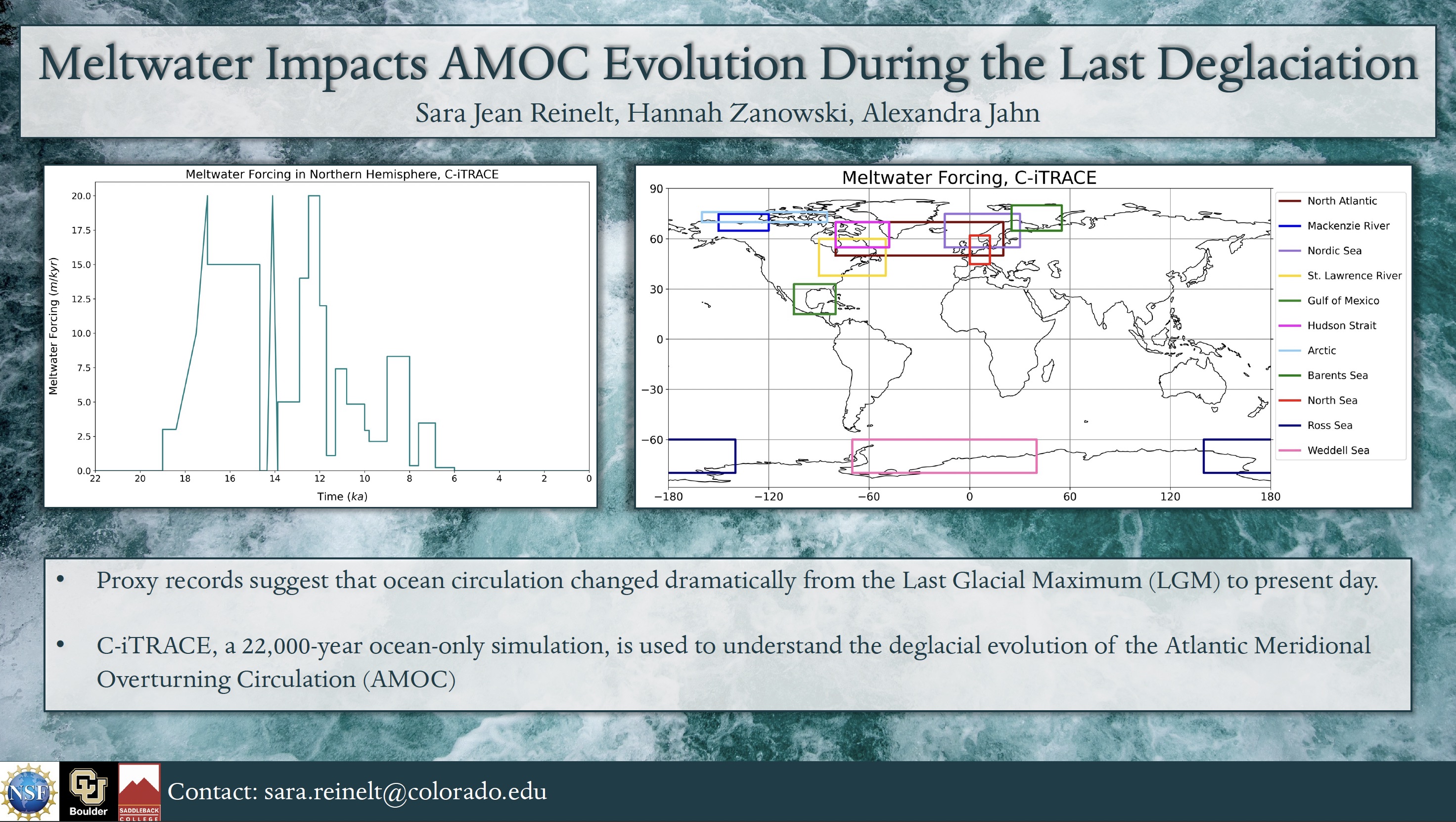
Pinpointing circulation changes with δ18O and δ13C since the last glaciation in a core from the Indian sector of the Southern Ocean
The Southern Ocean is a primary location where CO2 is exchanged with the atmosphere via interactions between ocean circulation and atmospheric dynamics. Previous work has established that the ocean’s overturning circulation changed in the Last Glacial Maximum (LGM), with the shallowing of North Atlantic Deep Water (NADW) to Glacial North Atlantic Intermediate Water (GNAIW) fundamentally altering the Global Overturning Circulation (GOC). This was accompanied by an atmospherically driven northward shift of the Antarctic Circumpolar Current (ACC) in the Southern Ocean that together enhanced the sequestration of CO2 in the deep ocean.
Although past conditions in the Atlantic and Pacific sectors of the Southern Ocean are better constrained, information from the Indian sector is scarce. Surface δ13C enrichment indicates carbon uptake and depletion indicates release, making δ13C a useful tracer for CO2 ventilation. Here we compare high-resolution down-core records of surface-dwelling Globigerina bulloides δ13C in three cores from the Indian sector of the Southern Ocean to construct a latitudinal transect of surface conditions for the LGM and deglaciation.
During the LGM, surface δ13C was depleted relative to modern values, likely indicating a northward shift of the ACC that placed the cores in the Southern Ocean. Early in the deglaciation, the northern most core of this study became rapidly depleted in δ13C coincided with a rapid increase in atmospheric CO2. Maximum depletion in the two other cores followed within 1kyr, as atmospheric CO2 continued to increase. This sequence indicates a southward shift of the ACC early in the deglaciation, placing our cores in the axis of upwelling favorable winds at the locus of CO2 release to the atmosphere. The timing suggests the release of CO2 at our cores’ locations occurred before GNAIW deepened and NADW reappeared, indicating Southern Ocean dynamics were responsible for CO2 release in the first half of the deglaciation leading the resumption of the deep GOC.
Presented orally and via poster at the Rutgers RIOS REU Poster Presentation and Session (2021) and orally at the Ocean Sciences Meeting (2022). (Poster)
Steric Sea Level
Two major components of sea level rise are changes in steric sea level (eg. density changes) and changes in mass (eg. water additions due to ice melt). Recent studies have derived steric sea level primarily from...
Paleoceanography: AMOC
Description to come.
COVID-19
The novel coronavirus disease (COVID-19) is caused by Severe Acute Respiratory Syndrome Coronavirus 2 (SARS-CoV-2) and is an enveloped, positive-sense RNA virus that infects the respiratory tract. It is understood that neonates, the elderly...

